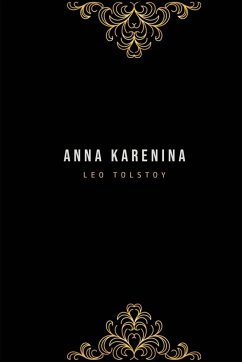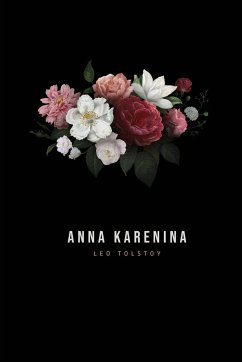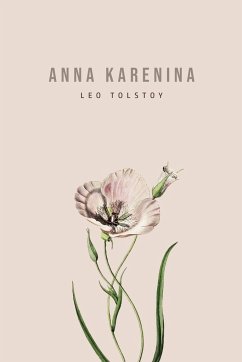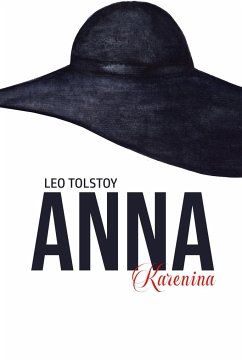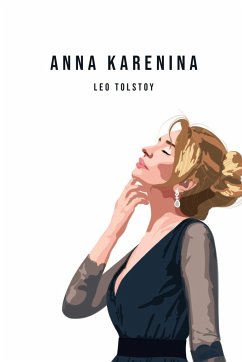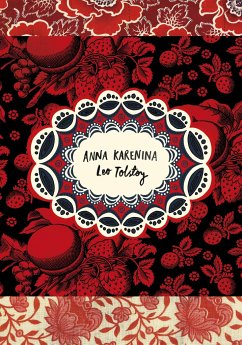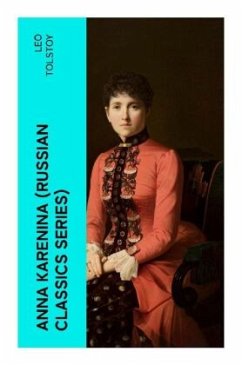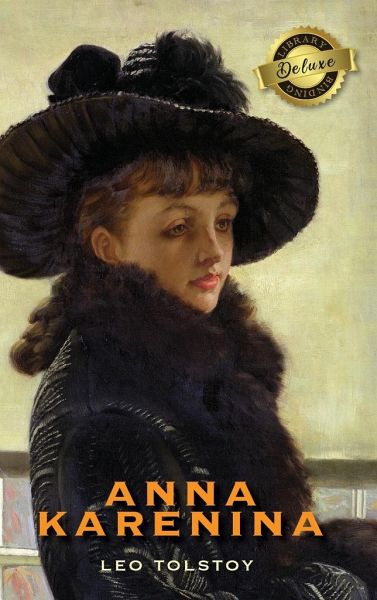
Anna Karenina (Deluxe Library Edition)
Versandkostenfrei!
Versandfertig in 1-2 Wochen
43,99 €
inkl. MwSt.

PAYBACK Punkte
22 °P sammeln!
Anna Karenina is the story of a married aristocrat/socialite and her affair with the affluent Count Vronsky. The story opens when she arrives in the midst of a family broken up by her brother's unbridled womanizing. A bachelor, Vronsky is eager to marry her if she will agree to leave her husband Karenin, a senior government official, but she is vulnerable to the pressures of Russian social norms, the moral laws of the Russian Orthodox Church, her own insecurities, and Karenin's indecision. Widely regarded as a pinnacle in realist fiction, Anna Karenina recounts St. Petersburg aristocrat Anna K...
Anna Karenina is the story of a married aristocrat/socialite and her affair with the affluent Count Vronsky. The story opens when she arrives in the midst of a family broken up by her brother's unbridled womanizing. A bachelor, Vronsky is eager to marry her if she will agree to leave her husband Karenin, a senior government official, but she is vulnerable to the pressures of Russian social norms, the moral laws of the Russian Orthodox Church, her own insecurities, and Karenin's indecision. Widely regarded as a pinnacle in realist fiction, Anna Karenina recounts St. Petersburg aristocrat Anna Karenina's life story at the backdrop of the late-19th-century feudal Russian society. Having considered War and Peace not a novel, Tolstoy considered Anna Karenina his first true novel. Fyodor Dostoyevsky declared it "flawless as a work of art." His opinion was shared by Vladimir Nabokov, who especially admired "the flawless magic of Tolstoy's style," and by William Faulkner, who described the novel as "the best ever written."





